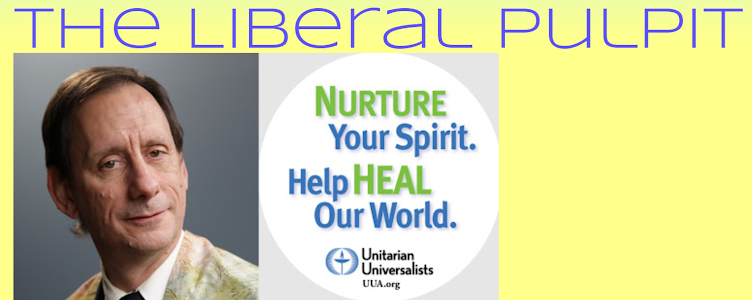The Satyana Institute has worked with social change leaders since 1996. They have developed Principles of Spiritual Activism -- thirteen "key learnings and guidelines" for effective spirituality that makes effective social justice work possible. Their guidelines talk about
“Transformation of motivation from anger/fear/despair to compassion/love/purpose.”They stress:
“Non-attachment to outcome. This is difficult to put into practice, yet to the extent that we are attached to the results of our work, we rise and fall with our successes and failures -- a sure path to burnout. Hold a clear intention, and let go of the outcome -- recognizing that a larger wisdom is always operating. As Gandhi said, ‘the victory is in the doing,’ not the results. Also, remain flexible in the face of changing circumstances.”Making plans and setting goals is an essential exercise, but don’t get attached to them. General Dwight Eisenhower – not a man on very many lists of the world’s great mystics – said:
“In preparing for battle, I have always found that plans are useless, but planning is indispensable. . . Plans are nothing; planning is everything.”How does one cultivate this fearless flexibility, this nonattached engagement, this nonanxious presence?
Imagine that all your actions are offerings -- gifts to the world. In the true spirit of giving, the gift doesn’t come with strings. If you expect some return for your gift, you don’t have the true spirit of giving. When you think about getting a gift for a loved one, you think about what would really be useful or beneficial for them. But if it turns out the gift itself happens to be useless for them, that’s OK. You gave it, with all your heart. That’s the important thing. Most of us understand that's the beauty, the grace, the genius of gift-giving practice. So suppose you adopted the same approach to everything? Imagine that everything you did was simply offering a gift to the world. The world might or might not find your gift helpful, might or might not be changed much by what you give. The point is to give it. Then you are liberated from results.
In the Bhagavad Gita, Krsna tell Arjuna:
“Whatever you do, whatever you eat, whatever you offer or give away, and whatever austerities you perform — do that, O son of Kuntī, as an offering to Me. In this way you will be freed from bondage to work and its auspicious and inauspicious results.”All of this might sound really good. (I hope it does.) But as long as it’s just words, it’s primarily cognitive. Re-training your emotions, our nonlinguistic orientation toward fearlessness and radical openness, receptivity, acceptance – love – takes more than what I can tell you, takes more than what we can tell ourselves. Agreeing with statements – repeating them to yourself – might be a good start. Statements, though, are expressions of belief – and I believe faith isn’t about what you believe. Whatever you might undertake to re-train those slow-learning deep patterns of orientation toward the world, that’s called spiritual practice.
Out of the silence that words cannot touch comes love – an embracing love of all that is – a love that we try feebly to point to with the word “faith.” In spiritual practice, we visit that silence and slowly begin to make a home for ourselves there. Grounded in that home, words are . . . off center. We hear them, we speak them, but they are always a little off to the side – as our eyes rest on the center: on a quiet, shining flame.
* * *
This is part 4 of 4 of "Faith Like a Chalice"
Previous: Part 3: Openness to Whatever
Beginning: Part 1: The Center
Illustration from UU Andover. (c) 1996 Solar


No comments:
Post a Comment